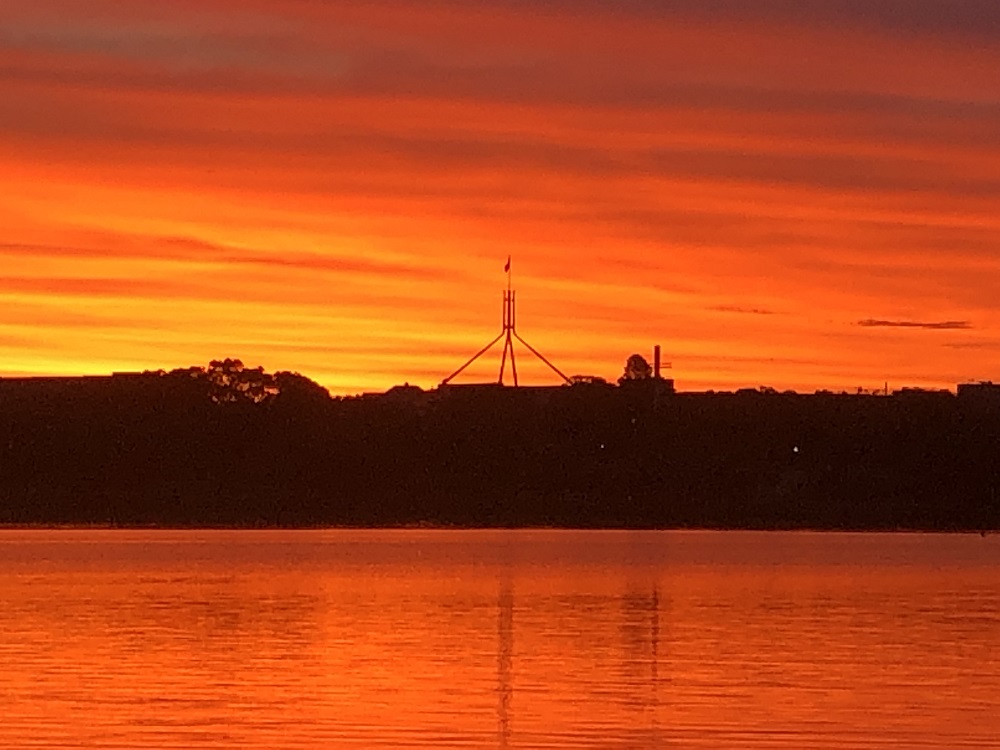
This year’s annual climate negotiations (the 28th Conference of the Parties, or COP28) are beginning in Dubai.
Once again, it will not provide us with the solutions needed to rapidly pull the brakes on emissions and adapt to rising impacts—particularly when it is increasingly co-opted to expand oil and gas activity). The Global Stocktake will show, as the UN Environment Programme did recently, that we’re on track to dangerous warming. Technical discussions will promote cooperation on mitigation and expand adaptation financing but they will still fail to set us on a course to a secure future climate.
We must stop looking to COPs (cynically, or hopefully) as a focal point for success. That only sets us up for disappointment and places an unreasonable expectation on negotiators to achieve the impossible.
Instead, we need to grapple with our own failure to wrap our heads around the practical realities of climate change.
A growing trend in the climate world is to counter the doom and gloom around climate futures with optimism. The alternative, given the relentless pace of climate records being broken, atmospheric carbon dioxide concentrations reaching new heights, and the breaching of dangerous temperature thresholds is understandably exhausting to contemplate.
Optimists remind us that we have grown renewable energy capacity massively in recent years—and we are rapidly improving our understanding of how to adapt to climate change. They contend that failing to showcase our successes when talking about challenges creates the impression that we don’t have solutions. The optimists insist that a positive vision is needed to motivate broad political action.
Excellent.
Except optimism alone won’t work fast enough. The climate is continuing to warm at a disturbing pace. We’ve barely managed to fund developing countries’ adaptation needs—now at a gap of 10–18 times their needs annually. Many advanced economies are on track to miss their targets, with plans and investments watered down or scrapped. Climate denialists and delayers are effectively undermining action. Given this waffling in advanced economies, it’s understandable that emerging economies still tie economic development to fossil fuels despite the availability of increasingly cheap renewable energy.
The backdrop to this is that the science of where climate risk will take us is complicated. We have improved our understanding of physical climate risk—floods, fires, heat, storms—but are only beginning to understand the compounding and cascading effects on social, economic and political systems that can truly multiply their impact.
Disasters are already hitting harder and faster and they will do so with greater frequency, concurrency and intensity. Global finance will be disrupted, supply chains threatened and disease vectors expanded. Food may become more expensive and access to it less assured. Droughts and floods may rise. People may move, voluntarily or involuntarily, to seek opportunity or shelter, while nations may see both rising internal unrest and increasing external threats as existing tensions are exacerbated under these new climate conditions.
Stacked against these competing views from climate optimists and pessimists, though, is the reality that too many influential voices remain unconvinced that climate change is a threat at all—or that it’s worth the costs to tackle it.
Recent statements from political leaders, amplified by a worrying surge in the number of anti-climate activists, are likely contributing to a rise in the proportion of voters who suggest we must delay climate action until after we’ve addressed the cost-of-living crisis.
Some even opportunistically claim that climate action drives the inflationary crisis, despite unambiguous evidence to the contrary. Yet what drove inflation? A massive reactive and consequently poorly coordinated response to a single, but serious, communicable disease. A complex mix of supply-chain disruptions, government interventions and macroeconomic impacts led us here—because we were not prepared, even when we should have been.
How ironic it is that these climate deniers are using the consequences of our failure to deal with Covid-19 to justify delaying reducing climate emissions and adaptation, leaving us to face an even wider and more intense set of future threats. We remain complacent about a threat that will overwhelm us because there are still political leaders, bureaucrats and business interests making bets on whether they need to take our worsening emissions trajectory seriously.
How should we reconcile the optimistic and pessimistic climate narratives to make up for the lost ground they’ve each contributed to in the fight against climate change? We need a vision of an achievable and safe future that realistically includes intensifying, and now unavoidable, climate impacts.
We need to be realistic about the urgency and stop pretending we can delay climate action to some dubious future point. Inaction becomes costlier with each passing day.
We need to expand our boundary of analysis and assessment beyond country borders. The Indo-Pacific matters deeply for Australia’s future security, yet our understanding of both domestic and cross-border climate risks from the region is still emerging.
Every choice and investment across government needs to be made with a changing future climate in mind. We need to urgently understand, cost and prioritise our scarce current and future resources to tackle climate risk.
Most fundamentally, climate change is not something to be hopeful, cynical, bullish or bearish about. It is a physical reality. It does not care how we feel. It will not care if we fail.
Let’s stop waiting for someone else to solve it, burying our heads in the sand or squinting to see a silver lining.
It’s time to grapple with reality.

